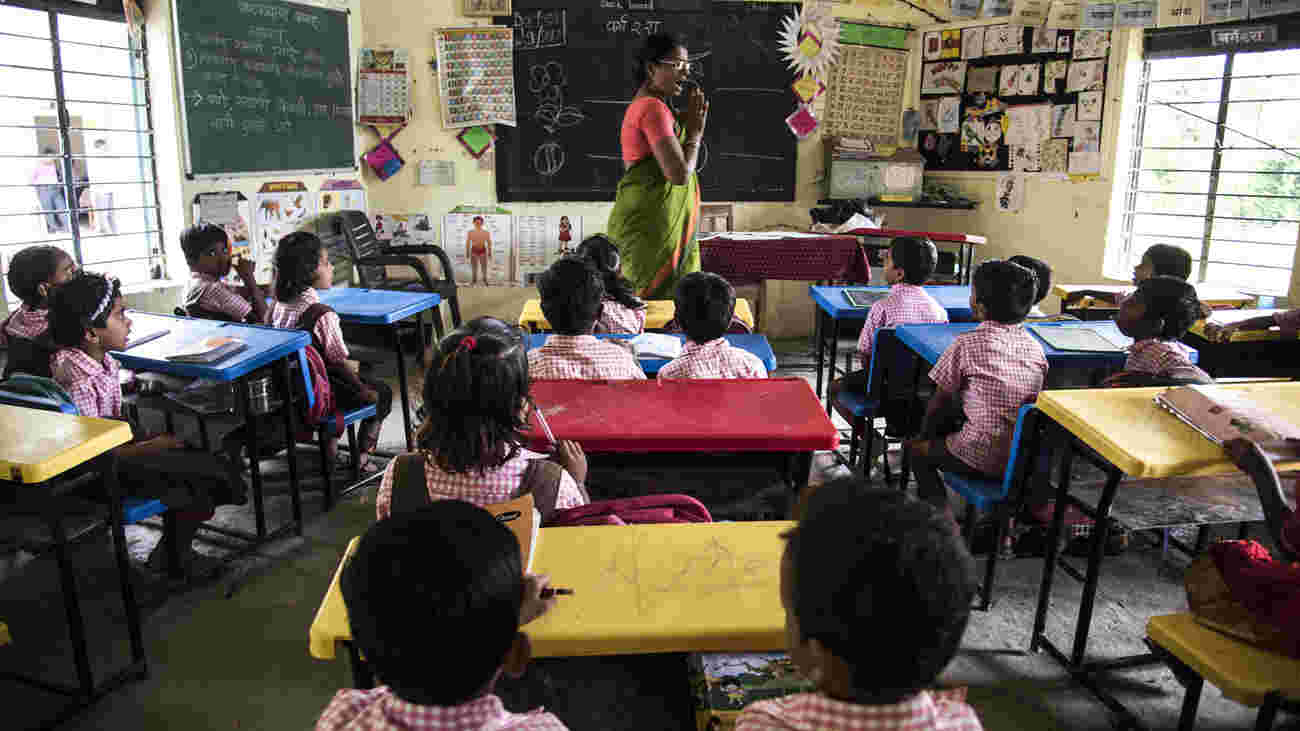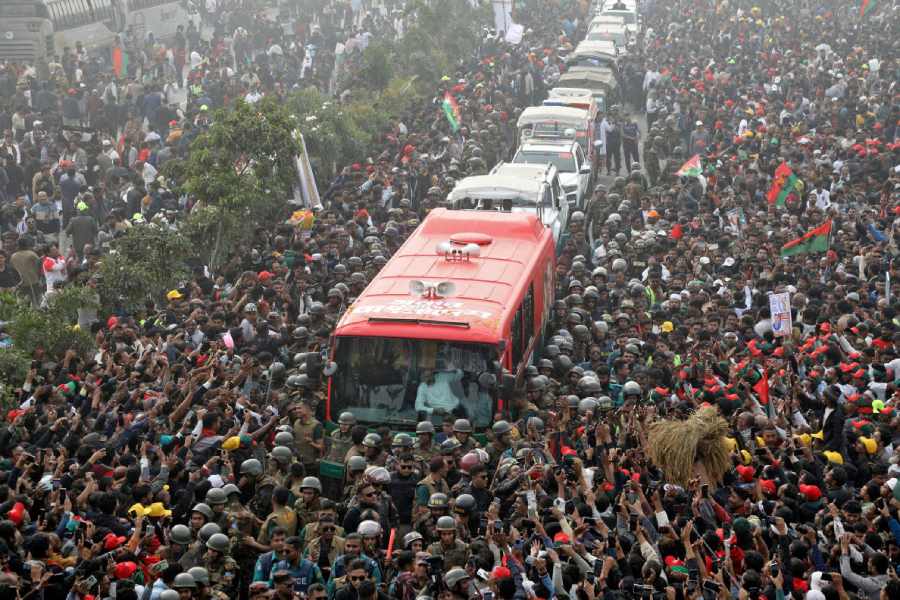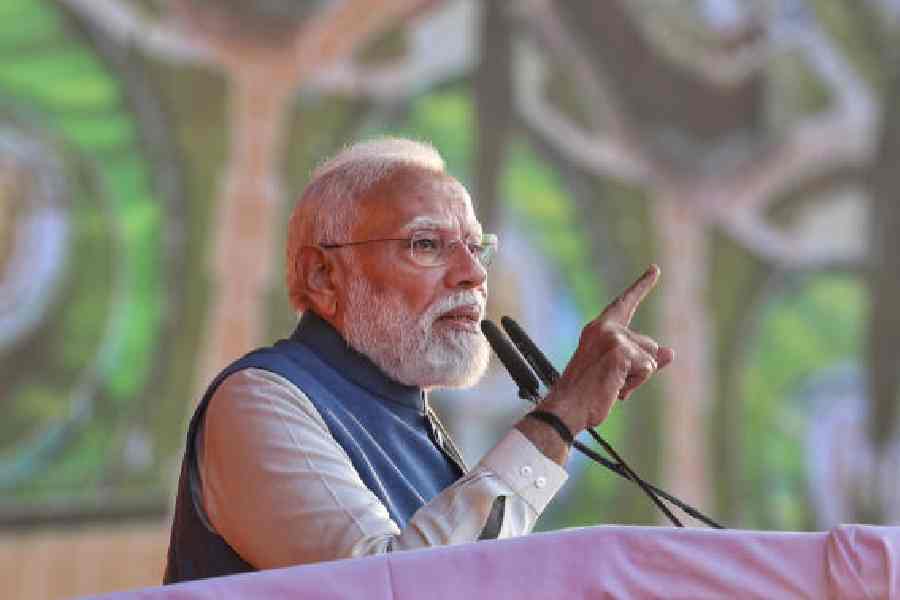According to the 2021 State of the Education Report for India: No Teachers, No Class, 1.1 lakh schools in India have just one teacher. Even more worrying is the fact that the problem is especially acute in districts with high representations from scheduled castes and scheduled tribes and all across India’s Northeast, which is one of the nation’s underdeveloped regions. A total of 19 per cent or 11.16 lakh teaching positions in schools lie vacant in the country; 69 per cent of these are in rural areas. What must not be glossed over is the fact that a large number of these educators do not have permanent jobs: they are Shiksha Mitras or para teachers, who are usually qualified only to assist full-time teachers. Their job responsibilities are formidable, exposing the crisis in India’s primary education. In Shamli, Uttar Pradesh, for instance, one para teacher is responsible for 225 students at a government primary school. Even permanent teachers are at the mercy of governments — they are deputed to carry out census surveys, election duties and a plethora of non-teaching jobs, including cooking mid-day meals and administering polio drops. The Covid-19 pandemic has only aggravated their challenges. Teachers have also been tasked with distributing dry rations to students and carrying out compulsory election duties. In 2019, a survey of five states showed that teachers taught for only 19.1 per cent of their time; the rest was given to non-academic duties. The reported number of deaths of teachers from the virus is staggering.
Yet, this beleaguered constituency has risen to the challenges time and again by coming up with innovative ways to impart education. From interactive classes held over WhatsApp to lessons recorded and broadcast on speakers, teachers have tried their best to include students who were not part of the government’s vision when it tried to push online education on ill-prepared schools at the margins. The advocacy for a total and uncritical immersion in online education by the government and the National Education Policy, rather than a nuanced use of digital resources by teaching staff, has deepened suspicions of a push towards the mechanization of education as well as an instrumental approach to learning. Significantly, the digital medium has also coincided with rising unemployment among teachers and tertiary staff. In Telangana last year, many teachers lost their jobs as private schools tied up with online learning platforms to deliver virtual classes to students. Clearly, the imperative is to cut costs. Reports also show political interference in recruiting teachers slowing down the process.
In spite of the steep challenges faced by teachers and their remarkable ability to find a way around them, insensitive policy remains unwilling to view them beyond supplementary tools to learning outcomes. This attitude cannot bode well for India’s aspirations to become a knowledge economy.











